You can give your customers a personal touch by using e-commerce packaging. The best e-commerce packaging for the best unboxing experience involves a combination of the right box and the right filler. These little details transform your product packaging from everyday delivery to truly custom packaging. Whether you’re looking to advertise on Earth Day or make a more significant environmental commitment, the packaging is a straightforward way to showcase these values.
1. What is e-commerce packaging?
E-commerce packaging is how you protect your products, establish your brand identity, and control shipping costs. Your customer experience and profitability can both be enhanced by it. The packaging includes the box and any padding you use, as well as inserts like tape and coupons. You should also consider your eCommerce packaging if your product ships in standard retail packaging – like furniture.
2. How should I package my product?
Production and shipping costs will be affected by your eCommerce packaging choices. Weight and cost are important considerations because as boxes get larger or the filling gets heavier, they add to the shipping expense of the product.
Packaging and filling can affect your bottom line in another way: returns. Orders that are well-packaged will arrive in perfect condition. E-commerce packaging that doesn’t survive delivery will result in damaged goods and disappointed customers.
Your packaging design can enhance the customer experience and increase your profitability. Making the best choice for your business requires knowing your options. Here’s the ultimate guide to e-commerce packing and filling (don’t forget the tape).

3. To box or not to box?
First on the list is the box or bag in which all the products are packaged. This is the first thing your customers see when they check their mailbox. The cost of a branded box might be justified if it creates a memorable experience (especially since some people reuse their boxes). As the number and types of products shipped via e-commerce continue to increase, so do packaging options.
The type of e-commerce packaging that is best for your product depends on several factors. The first is weight. For heavier items, a sturdy case is required for safe transport. The second is fragility. Fragile products, even if they are light, need protection during transportation. The last factor is the value of the product. Spending a little extra on protective packaging can be a good investment when you’re shipping high-value items.
The cost of packaging materials can vary widely, depending on type and quantity. If you outsource your shipping, you will pay for e-commerce packaging through your 3PL service provider. Your fulfillment warehouse is a bulk buyer of cardboard boxes. Despite the markup, you’ll likely pay less for packing supplies through a fulfillment center.
1) Impact of branding on the environment
Today’s eCommerce companies have a variety of packaging options to choose from, many of which we’ll be digging into shortly. One factor we encourage you to consider now is the direct link between packaging and branding.
Many consumers have become more environmentally friendly and base some purchasing decisions on an environmentally friendly company. Choosing such options for your packaging can affect first sales. They may also play a role in any subsequent purchases, whether people love your eco-friendly packaging or elements like styrofoam upset customers and cause them to look elsewhere.
Modern consumers have many options for e-commerce. Buying from people who share their values is important to them. In many cases, eco-friendly packaging can help you demonstrate shared values and culture.
Based on our own experience as consumers, we also recommend that you provide clear recycling information for any packaging or filling. Not everyone understands which materials can be recycled. If you use compostable fillers or elements — such as bags made from vegetable starch — add a note to your label or provide a link to a website explaining how to dispose of the material in an environmentally responsible manner.
Let’s take a look at some packaging options.
2) Cardboard box
Corrugated cardboard boxes remain the e-commerce packaging of choice for most industries. The cardboard is strong, doesn’t add to the weight of the package, and is recyclable.
For very heavy or very fragile products, two-ply paperboard provides an extra layer of protection and strength. In some cases, the product will be packed in its own box suitable for shipping. Some cases, however, require the addition of a plain brown cardboard box. If you’re shipping high-value or highly-needed items, such as flat-screen TVs or X-boxes, an outer box that covers the contents is a good security measure.
One of the most common mistakes when choosing a packaging solution is using a box that is too large for the product inside. Oversized boxes aren’t popular with customers. Additionally, oversized boxes require more padding, adding to the weight of the box and increasing shipping costs.
The cost of a cardboard box depends on several factors. If you can use standard sizes and buy in bulk, your price will drop. There is an additional charge if you require a custom size or want your logo printed on the box. Double wall panels are more expensive than standard corrugated boxes.
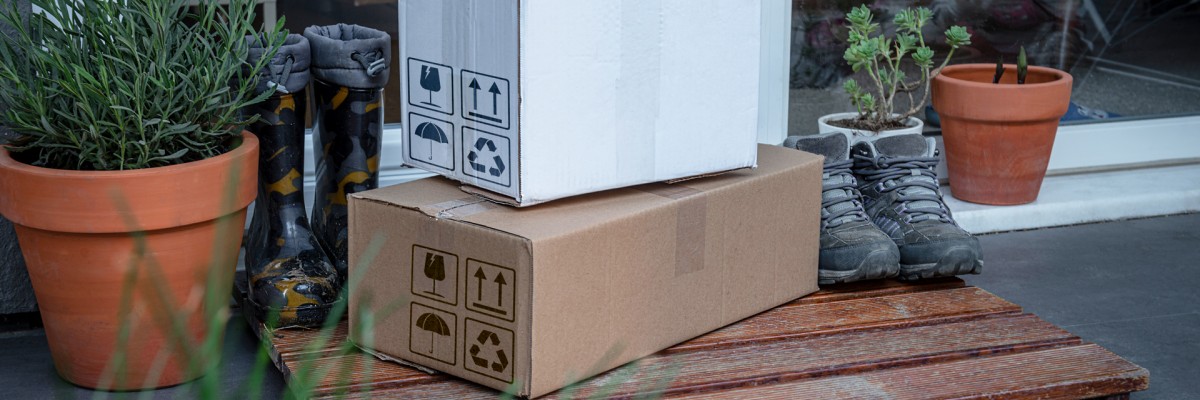
4. Envelopes and bags
If you’re selling light and unbreakable items, plastic mailers, poly mailers, or Tyvek envelopes might be a good choice. Bags and envelopes are lightweight, strong, easy to store, and self-sealing. Small clothing orders can be shipped with them. You can also put a small boxed item in an envelope or bag instead of over-boxing. As an added bonus, these mailing bags are waterproof.
1) Padded mail
Padded envelopes are a great option for small or flat items that need extra protection. CDs, jewelry, or other flat, but delicate items can be shipped this way. Some mailers are filled with shredded paper so they are easy to recycle. Padded envelopes with bubble wrap are very protective, but not a very environmentally friendly option.
2) Custom box
Creating a custom box can elevate your brand beyond a simple cardboard box. You can create an experience your customers will love, appreciate and remember. Instagram followers might even see it. A custom box has the added benefit of being able to fit your product more precisely than a standard-sized box. This ensures that your order will be shipped safely and securely.
Custom boxes can go beyond logos or designs on the outside. There are experts who can help your business deliver a one-of-a-kind experience for your customers.
The best part about these customization options is that they are more accessible than ever. Investing in custom packaging doesn’t require a million dollars. You can offer your customers a high-end experience without exorbitant costs.
5. E-commerce packaging tape: how to choose the right one
Tape may seem like the most tedious part of e-commerce packaging, but it is the key to successful packaging. If you ship your orders in boxes, the packing tape is actually the glue that holds them together. Basic clear acrylic tape is good for boxes that hold about 15 lbs. It’s inexpensive and comes with a good tape dispenser for ease of use.
For a more professional look, water-activated tape is a better choice. Reinforced water-activated kraft tape provides a secure seal that holds packages of 25 lbs or more together. If you choose this option, you will need a dispenser to moisten the tape.
6. Filling is the key to the success of e-commerce packaging
When you ship products in boxes, in most cases you add padding to keep them from moving around during shipping. Fillers come in a variety of types. Amazon, one of the largest shippers in the world, uses a combination of inflatable pillows and brown paper.
There is no one-size-fits-all answer to filling. You need to develop a strategy based on your specific product and shipping. Like Amazon, you may decide to use several types of padding to protect your products during shipping.
Likewise, the many filling options ensure that you will be able to find a wide range of environmentally friendly fillings in the market. Be sure to test any option in a real-world scenario to ensure it adequately protects the item. It is generally not environmentally friendly for you to have to ship multiple products (including all the drives, packaging, etc.) to your customers because you use more gas, material, and space.
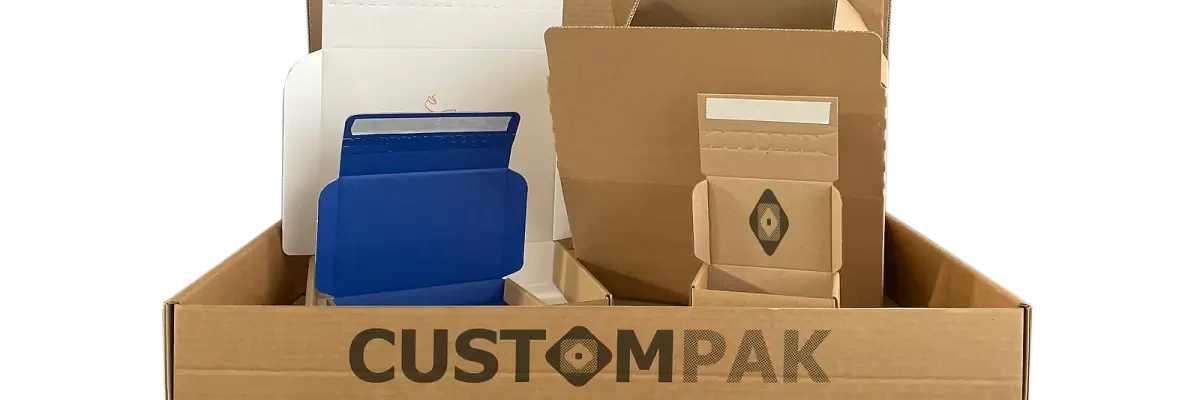
1) Kraft paper
Brown kraft paper is one of the most versatile and flexible types of packaging filler. You can easily tear it into any size sheet you need, or crumple it for any padding needs. Kraft paper also has the advantage of being fully recyclable. Manufacturing kraft paper requires less chemical input than manufacturing bleached white paper products. As a bonus, you can source kraft paper made from recycled paper.
2) Pillow
Air pillows are air-filled plastic bags that are an increasingly common filling. They are one of the lightest forms of fill-in e-commerce packaging. It is possible to ship small clothing orders with them. They can be recycled in some cases, but it’s a safe bet that most of them end up in landfills.
3) Packed Peanuts
Peanuts are a classic filling but can be messy and frustrating to use or receive. The original Styrofoam Peanuts were light—but that was part of the problem. It is common for them to escape the box and float away. This can cause problems on the packaging and receiving end. Styrofoam is not recyclable, and many cities and states have banned styrofoam peanuts.
Packaged peanuts made with cornstarch are more environmentally friendly and easier to dispose of. Even composting or dissolving them in water is possible. However, individual peanuts still tend to float. Most customers think any kind of peanut packaging is troublesome. Please think carefully if you are going to use them.
4) Wrapped in bubble wrap
Bubble wrap is great for wrapping fragile items. Popping bubbles is also fun. Your customers may consider the bubble wrap filler to be a bonus, not just the packaging. Since 2019, more local recycling efforts have included support for recycling bubble wrap. It might be worth telling your customers that many collection points for recycled plastic bags will now also be bubble-wrapped, giving customers the chance to enjoy a soda before throwing it away in a safe, environmentally friendly manner.
5) Bubble wrap
Bubble wrap is an alternative to bubble wrap used to package fragile products. The fact that it’s thin, light, and easy to use makes bubble wrap attractive. Unfortunately, this product is not recyclable and can cause environmental concerns. Luckily, innovations in fillers are giving you great green alternatives.
6) Shredded cardboard
Shredded cardboard filling is a great way to recycle and pack at the same time. All you need is a machine to turn old cardboard into accordion-like sheets. These sheets securely wrap fragile items to protect them during transit. This option is the ultimate in eco-friendly packaging. On the receiving end, customers can easily remove and recycle.
7) Ecological e-commerce brand
Nowadays, it’s all about going green. Customers are becoming more eco-conscious and want to support companies they feel align with their values. Using eco-friendly packaging made from recycled, recyclable or biodegradable materials will make your brand environmentally conscious.
Whatever you do, don’t use fillers like styrofoam peanuts to package products that are marketed as green. Eco-friendly e-commerce packaging can be found in many places.
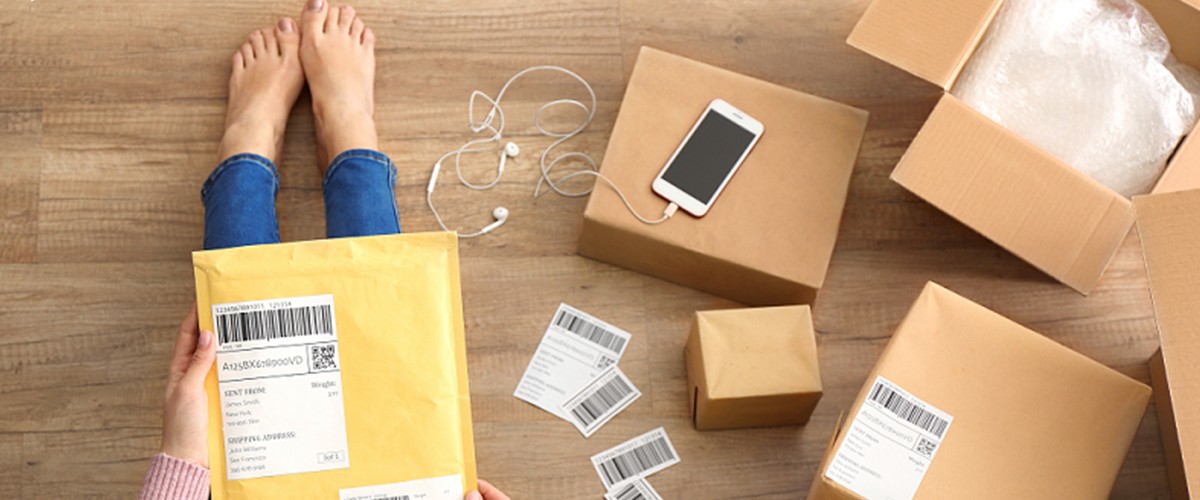
7. Extra touches in e-commerce packaging
In e-commerce packaging, it’s not just about the materials you use to deliver orders safely. Aside from the product, it’s what you put in the box that will impress. Think of it as a physical manifestation of your brand voice.
Here are some things to consider when determining what to ship with each order.
1) Including receipt
Receipts are a very important part of the packaging experience. Your customers expect an itemized receipt of their order, but it’s often forgotten. Don’t just include the receipt; make it memorable. Make sure it fits and further enhances your overall branding. Take your time to make sure it doesn’t affect the experience. Your receipt can complement your order if you put a little creativity into it.
2) Offer rewards
In the box is the perfect place to drive branding and encourage loyalty. When your customers open their orders, your next sale begins. Includes a coupon with a unique discount code for additional purchases for a limited time. Or add invitations to loyalty-based rewards programs or early access to upcoming products.
3) Add color with tissue paper
Tissue paper is fragile, and we associate it with gifts. Packaging your products with it will bring luxury and fun to customers. Toilet paper raises the perception of quality. It can also help strengthen your brand. Use solid colors, or brand colors, or get custom-printed tissue paper.
4) Use stickers
Probably one of the easiest and cheapest in-box branding options is stickers. You can use them to fasten tissue paper around products or to decorate the outside of boxes or totes. You can attach some extra stickers as a free gift. This will earn you free advertising in the process.
There are tons of custom design tools and websites that allow you to print stickers in any color, shape, and size. If you’ve never used custom packaging for your product, custom stickers are an inexpensive way to try it out.
8. What does your packaging say about your product?
Every aspect of e-commerce packaging, from the box or envelope to the tape and padding, is sending a message. At the most basic level, well-packed boxes tell your customers that you took the time to ship their orders carefully. The extra touches you add help build your brand and increase customer loyalty.
If you’re outsourcing your fulfillment, you can turn to your fulfillment company for expert advice on e-commerce packaging. Test your order fulfillment company by shipping the order to yourself. That way, you can better understand your customer’s unboxing experience.
Don’t think of your packaging and padding as static. Continuously improve your packaging processes and materials. You may want to upgrade the look and feel of your eCommerce orders as your business grows. And, as packaging materials and technology evolve, you’ll be able to choose from newer, greener, more attractive packaging and filling options.

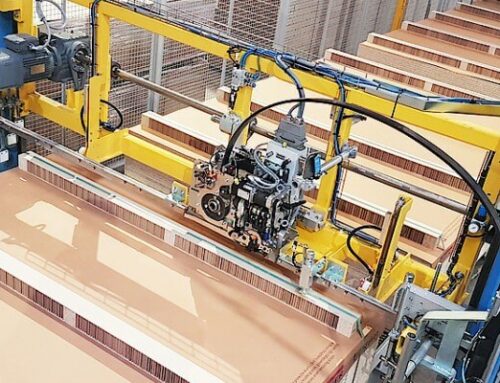
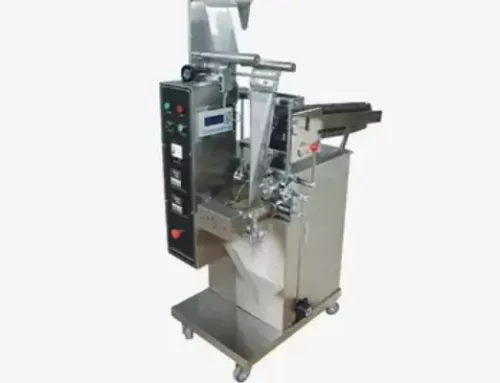
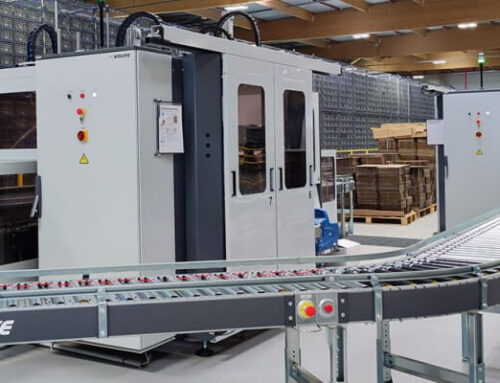
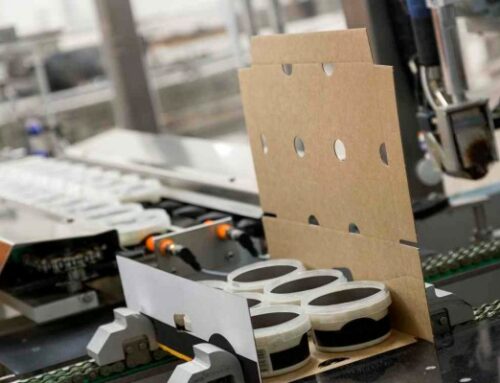
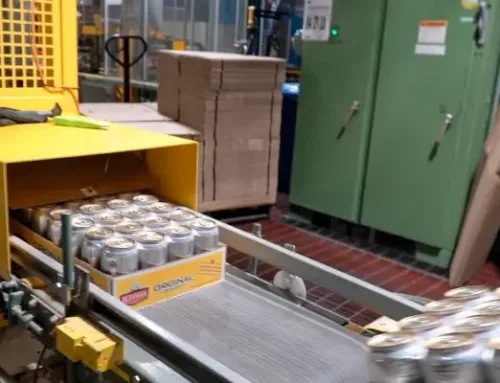
Leave A Comment